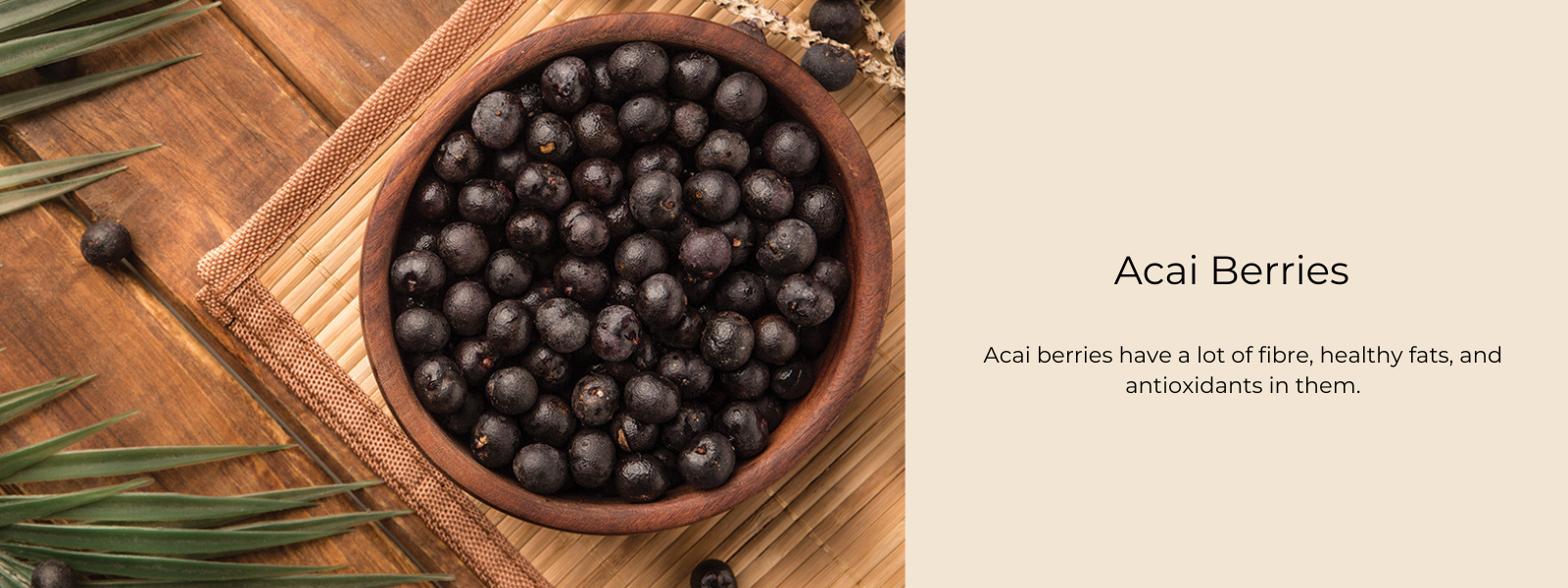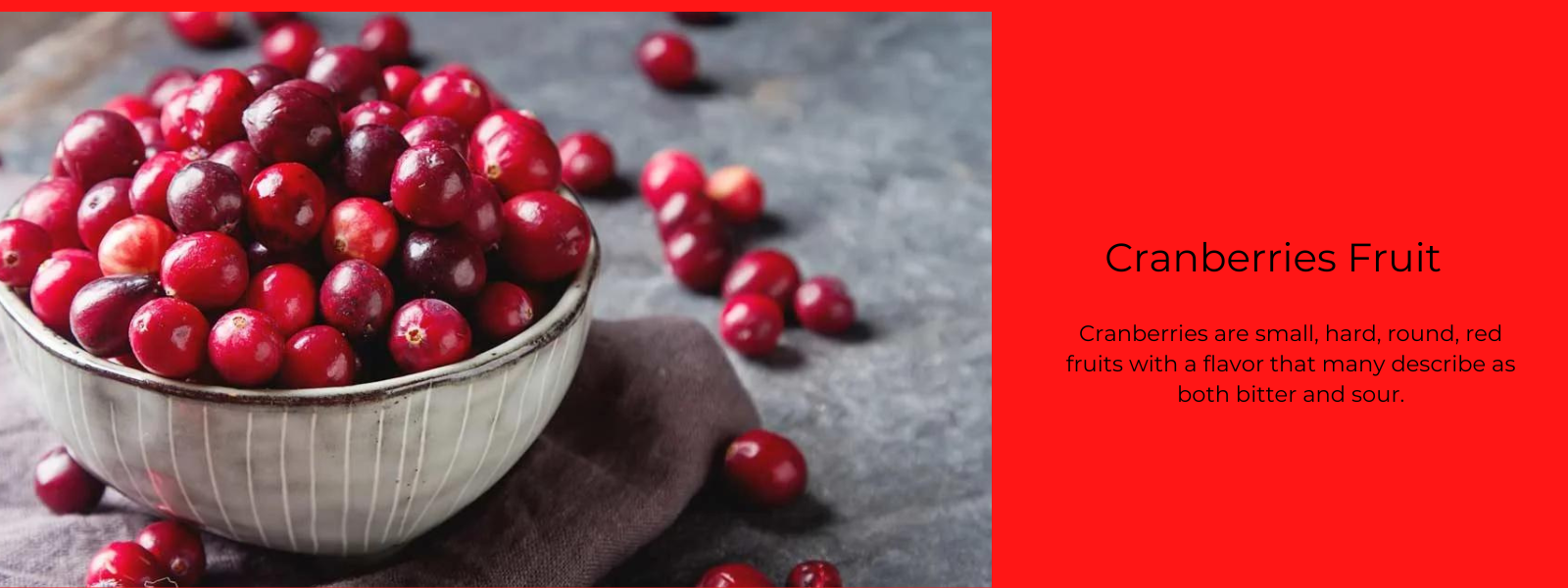Cloudberry's most important health benefits are its ability to protect against heart disease, cleanse the body, and boost the immune system. It also slows the signs of ageing, improves circulation, stops diabetes, and makes digestion better.
Table of Contents
What is cloudberry?
Cloudberries are a tasty fruit that grow on a plant called Rubus chamaemorus, which is a rhizomatous herb. Cloudberries aren't well-known to most people because they mostly grow in the arctic, alpine, and boreal forests of the northern hemisphere. They are often grown in Russia, Scandinavia, Northern Europe, Canada, and Alaska.
Due to the high quality of their juice and tar and the fact that they have a lot of minerals, vitamins, and organic compounds (especially ellagic acid), they are highly valued as ingredients in food. People often put these berries in jams, candies, alcoholic drinks, and other baked goods. Cloudberries can be eaten raw, but the taste is very sour, so most people put them in recipes with sugar.
Cloudberry plant description:
Cloudberry is a small shrub with a stem that grows 5–20 cm tall and has leaves that are 3–7 cm long and 2–5 cm wide. The stems are straight, simple, and woody. The leaves are pubescent and have few, short glandular hairs. The stems of the alternate leaves are 3–6 cm long and have short, glandular hairs when they are young. The leaves are hairy, oval, 5–10 mm long, 4–7 mm wide, and brownish in colour. It is 4 to 9 cm in diameter and has orbicular, abaxially pubescent leaves. The inflorescences are at the end of the stem, have one flower, and have a 3.5–6 cm stem. It has single-sexed flowers with a diameter of 2–3 cm and stamens that are bigger than pistils. The calyx is prickly on the back and the tube is 1.5–2 mm long. It is 0.8–1.2 cm 4–6 mm and has 4 or 5 erect, oblong sepals. When you compare them to the petals, the stamens are shorter. The fruit is orange to red and turns yellowish brown as it ripens. It is smooth and has a diameter of 1 cm.
Cloudberry taste:
Like other berries, cloudberries have different tastes depending on how ripe they are.
When cloudberries are still red, which means they aren't fully ripe, they taste sharp and sour, but when they turn orange, they taste a little bit sweet.
Even though they taste a little bit sour, they are not as sour as gooseberries or citrus fruit.
Nutritional value of cloudberry:
Serving: 100 g
Calories: 51
Total Fat: 0.8 g
VItamin A: 4%
Total Carbohydrate: 9 g
Protein: 2.4 g
VItamin C: 263%
Iron: 3%
Calcium: 1%
Health benefits of cloudberry:
Boosts immunity
Cloudberries are good for your immune system because they have a lot of vitamin C and vitamin A. Vitamin C makes the body make more white blood cells and fights free radicals all over the body by acting as an antioxidant. In the same way, vitamin A has carotenoids that protect the skin and eyes from breaking down and getting old.
Treats anaemia:
Cloudberries are full of iron and many other minerals that are good for you. Because iron is a key part of making red blood cells, it is especially important for circulation. If you eat enough iron, your chances of getting anaemia are lower.
A Healthy Heart
Cloudberries have unique physicochemical properties which most fruits lack, omega-3 and omega-6 fatty acids. The good cholesterol, or HDL, in cloudberries can help keep your cholesterol levels in check and make it easier on your heart.
Detoxification
Cloudberries have been used for a long time as a diuretic to make people urinate more. They help get rid of dangerous toxins and extra water, salts, and even fat from the body. When your body regularly cleans itself, they also help relieve pressure on your liver and kidneys.
Antioxidant Properties
In addition to vitamin C, cloudberries have phytosterols, carotenoids, and ellagic acid, which has powerful effects. They have been linked to decelerating down the ageing process, making wrinkles less noticeable, and reducing the risk of getting chronic diseases. There are also chemicals in cloudberries that kill bacteria and viruses. This makes them a very essential fruit.
Better health of the bones
Cloudberries have a lot of magnesium, which is very important for bone health because it helps the body take in more calcium. This can help keep the bones strong and healthy and stop osteoporosis.
How to consume cloudberries?
- Most of the time, cloudberries are turned into jam or tarts.
- It is often used as a topping for pancakes.
- Cloudberries and cream are used to make a dessert called Multekrem.











Leave a comment